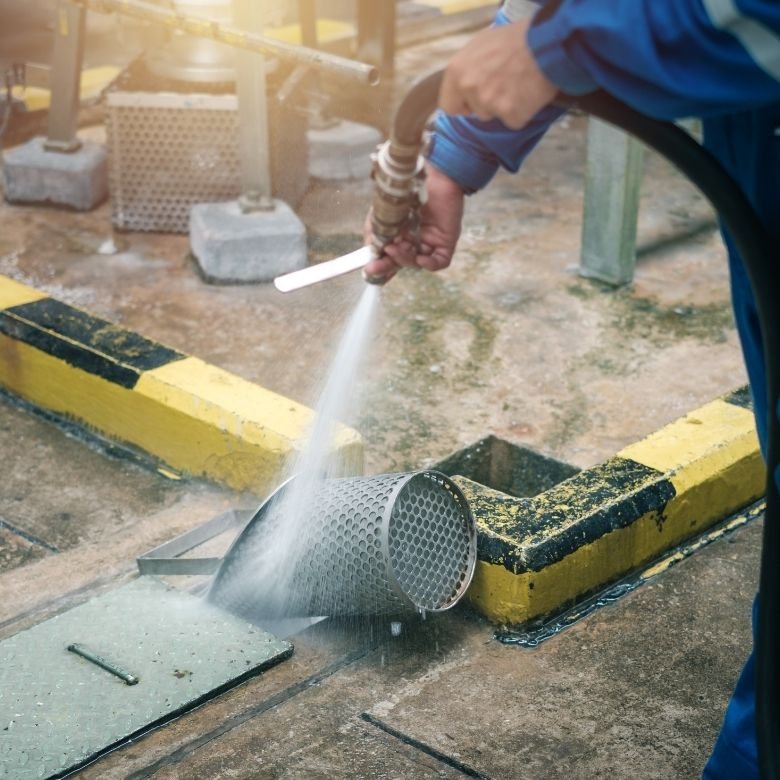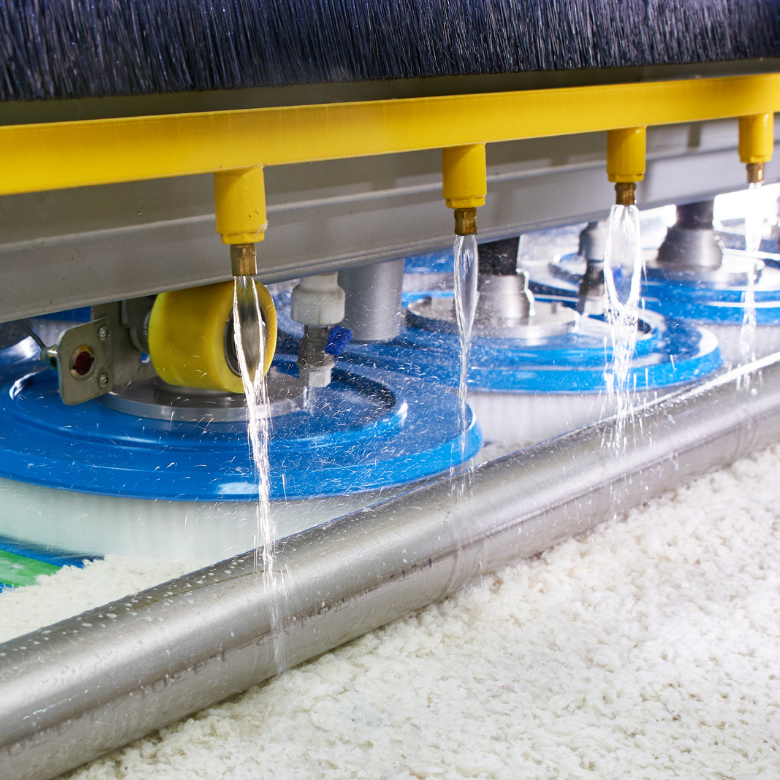Maintaining the proper level of cleanliness is an indispensable part of maintaining safety, health and hygiene. This does not only concern households, but also workplaces, institutions and public facilities, as well as industrial and processing plants. This means that the services provided by the Industrial and Institutional cleaning companies (I&I) are of paramount importance. Considering its links to other branches, the I&I product range is being constantly developed. The market value of this sector in Europe is estimated at approximately EUR 6.5 billion[1]. Apart from the traditional task being maintaining the cleanliness of buildings and public spaces, these services are also important for other branches of industry, such as the food, dairy, textile and brewing industries. Thanks to the I&I company it is possible to maintain high production and finished product safety standards. The I&I services are also used by many other sectors of the economy, including the pharmaceutical and medical sectors, where high hygiene standards and efficient disinfection are of key importance for health and life protection.

Numerous products and a growing number of applications
The variety of applications of products used in I&I cleaning means that the offer of washing and cleaning raw materials and ready formulations is very wide. Apart from the standard detergent properties, the formulations used in I&I cleaning are often characterized by other, additional functions. These functions may be completely different and are often linked by the type of surface on which they are to be used. Corrosion counteracting is an important issue in industrial machinery cleaning agents. Products intended for cleaning surfaces coming in contact with humans must be safe for the skin. An additional requirement for the food industry will be the food safety of the agents.

The same, and yet different
Products used in I&I cleaning owe their cleaning properties thanks to the content of surfactants. Depending on the application, additional properties – apart from detergency – of the surfactants used to produce the formulations, may differ markedly. Four categories can be distinguished here:
- Foam-forming surfactants – used in the applications requiring considerable amounts of foam. Depending on the use, they may produce different types of foam, from dense and stable to highly hydrated foams with small air bubbles. They can also regulate the density of formulations or contribute to the properties required in given applications, forming e.g. streak-free products.
- Low-foaming surfactants – they are the opposite to foam-forming surfactants. They are used in the case of applications where high amounts of foam are undesirable. Depending on the application needs, they can both regulate the amount of foam formed or remove it altogether.
- Moisturising surfactants – this group of surfactants bears special significance for I&I Cleaning. Their task is to facilitate the process of surface cleaning by means of reducing the surface tension between the cleaning agent and the cleaned surface.
- Emulsifying surfactants – the I&I branch often faces difficult soil, which can be removed with the use of emulsions. The task of these surfactants is to support emulsification, i.e. the process in which two products, which are normally immiscible products that are combined, and of which one is a liquid. This enables obtaining an efficient and stable emulsion.
Chloroderivative cleaning agents are also worthy of attention. Chlorine compounds are used both for the production of surfactants and are also some of the most popular ingredients of cleaning formulations. Due to their bactericidal, viricidal and fungicidal properties, they are also used to produce disinfectant and fungicidal agents. For this reason, they have found numerous applications in the medical and pharmaceutical sector, enabling a rapid and efficient disinfection meeting the highest standards. Chloroderivative products are also used in the food industry, both to clean machinery as well as to process foods. This stems from the fact that they deal very well with microorganisms such as Listeria and Salmonella. Hygiene of sanitary fittings is one of the common applications of chloroderivative cleaning products.

Numerous challenges, one solution
Due to the wide range of contaminants dealt with by I&I Cleaning, it uses many products with varying structure and intended use. The correct product choice is highly important. The PCC Group offers a wide range of raw materials intended for the production of cleaning agents for the I&I branch. Among them, the offer of the PCC Exol SA company can be distinguished, which is responsible for the production of surfactants. It includes such products as low and high-foaming agents, detergents, dispersants, emulsifiers and degreasing agents. They are perfectly suited for all types of washing and cleaning formulations, helping to reach not only the required properties of final preparations, but also their high performance and efficacy. The PCC Group’s portfolio also includes a wide range of chloroderivative products manufactured in state-of-the-art systems. Apart from the raw materials, the PCC Group also offers ready cleaning preparations. The ROKO Professional product line are efficient and carefully developed cleaning products and disinfectants for professional use. The specialised chemical formulations selected for their intended use make the ROKO Professional products perfect in the widely understood industrial, medical, clinical applications, in the Horeca industry as well as in institutions and public facilities.
References:
[1] https://www.chemiaibiznes.com.pl/artykuly/wartosc-europejskiego-sektora-i-i-przekracza-6-5-mld-euro
